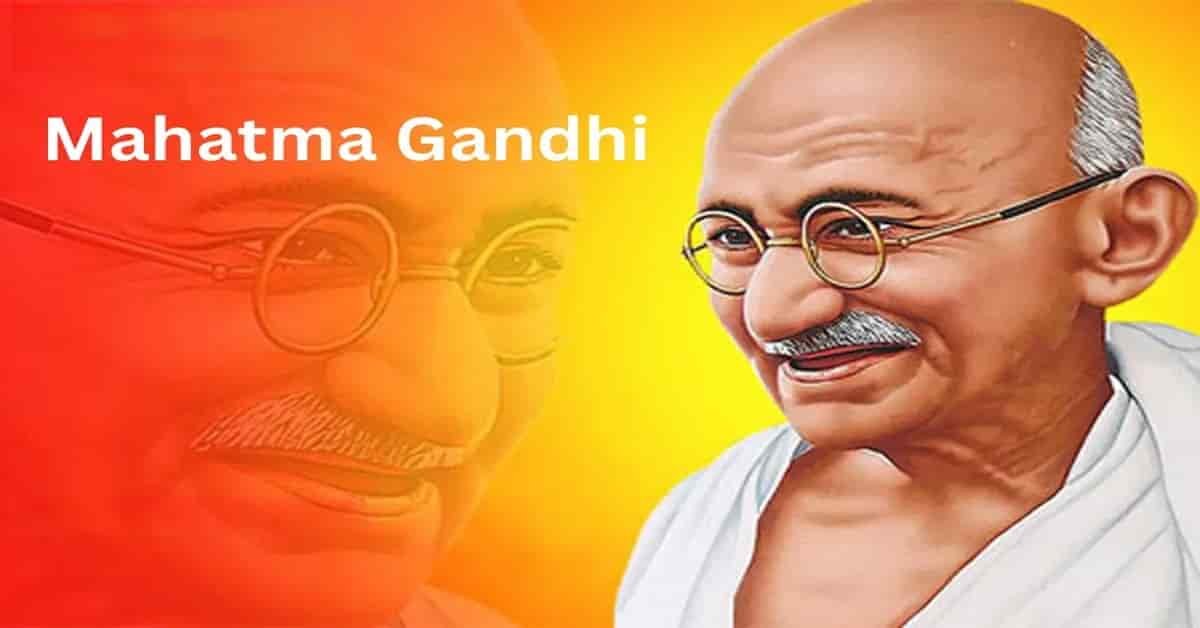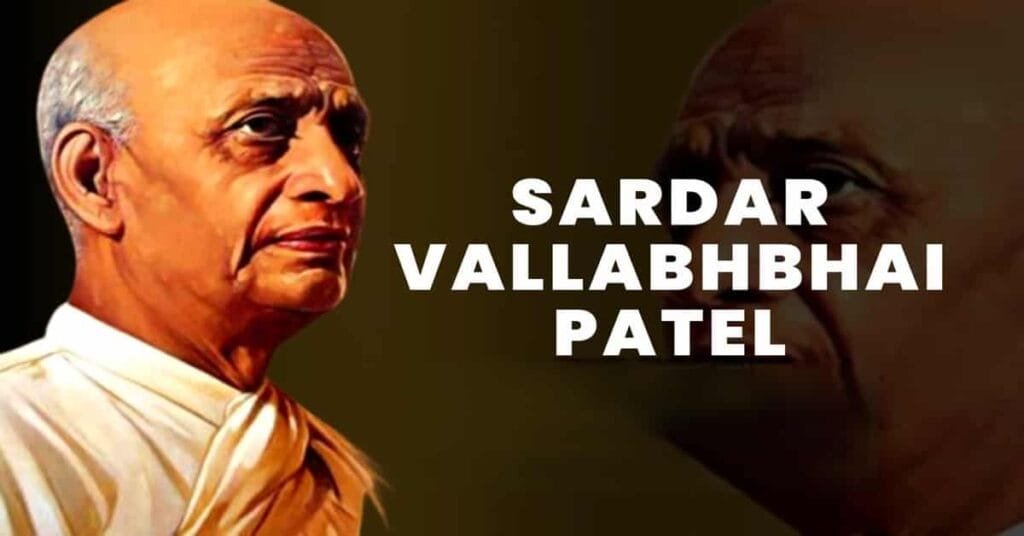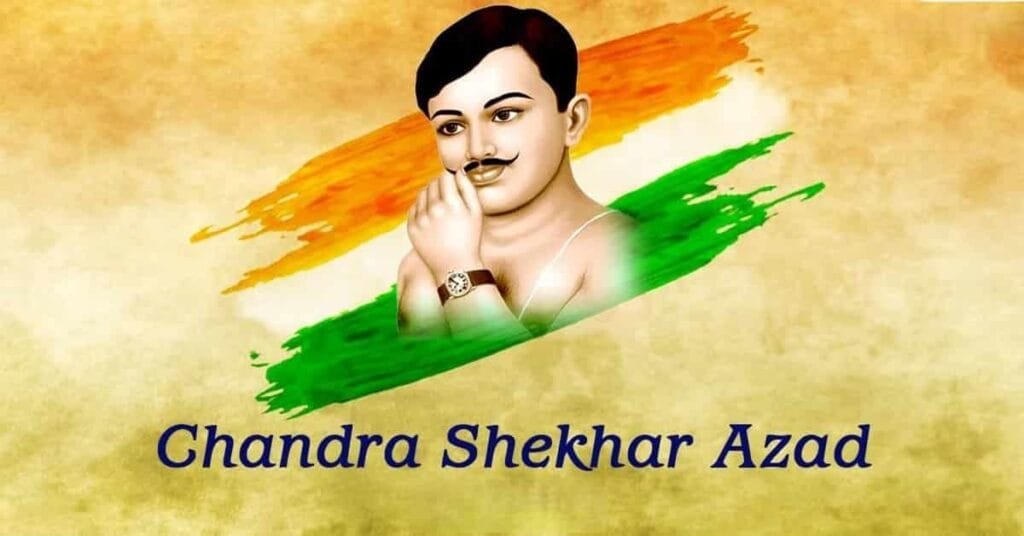Title: The Legacy of Mahatma Gandhi: A Champion of Peace and Non-Violence
Ladies and gentlemen,
Today, I stand before you to celebrate the life and legacy of one of the most influential figures in modern history – Mahatma Gandhi. Known as the “Father of the Nation” in India, Gandhi’s journey was one that spanned continents, inspired nations, and touched the hearts of millions. His unwavering commitment to truth and his philosophy of non-violence continue to resonate globally, reminding us of the power of peaceful resistance against oppression.
Early Life and Education
Mahatma Gandhi was born on October 2, 1869, in Porbandar, India. He came from a modest background, and his early influences included his parents, who instilled in him values of honesty, tolerance, and respect for all. At the age of 18, he traveled to London to study law. During his time in London, he was exposed to diverse cultures and philosophies, which shaped his worldview.
After completing his studies, Gandhi practiced law in South Africa, where he faced racial discrimination for the first time. This experience deeply impacted him and ignited his commitment to social justice. It was here that he began to develop his philosophy of Satyagraha, which emphasized non-violent resistance to tyranny.
The Fight for Justice
Gandhi’s activism in South Africa against the injustices faced by the Indian community laid the groundwork for his return to India in 1915. Upon his return, he became a leader in the Indian National Congress, advocating for the rights and freedoms of Indians under British rule.
His most notable campaigns included the Salt March of 1930, where he led thousands of Indians to the Arabian Sea to peacefully protest the salt tax imposed by the British. This act of defiance not only showcased the power of non-violent protest but also ignited a national movement for independence.
Gandhi’s philosophy of non-violence was derived from his belief that adhering to truth and morality could bring about change more effectively than violence. He famously stated, “An eye for an eye only ends up making the whole world blind.” This profound understanding of human conflict paved the way for strategies that many civil rights leaders worldwide, including Martin Luther King Jr. and Nelson Mandela, would later adopt.
Principles of Non-Violence
At the heart of Gandhi’s philosophy was his commitment to Ahimsa, or non-violence. He believed that in order to fight injustice and bring about change, one must do so without employing violence. This idea was not just a tactic; it was a way of life. Gandhi taught that true strength lies in forgiveness and compassion, and that clashes of ideology could be resolved through dialogue and understanding rather than aggression.
Gandhi also emphasized the importance of self-sufficiency and simple living. He encouraged the use of khadi (handspun cloth) as a symbol of self-reliance and resistance against British goods, fostering a sense of pride and unity among Indians.
Struggles and Sacrifice
Gandhi’s journey was fraught with challenges; he faced imprisonment, opposition from various fronts, and personal loss. Despite these hardships, his resolve remained unwavering. He undertook several hunger strikes as a form of protest against injustice, showing the extent of his commitment to his beliefs.
His life is a testament to the power of self-sacrifice and humility. Gandhi lived simply, sharing in the struggles of ordinary Indians, and he dedicated himself to the upliftment of the marginalized and the poor. His vision for India was not just political independence but also social reform and the eradication of social evils such as untouchability.
Legacy and Influence
Mahatma Gandhi was assassinated on January 30, 1948, but his legacy continues to thrive. His principles of non-violence and civil disobedience have influenced countless movements for social justice around the world. From the civil rights movement in the United States to the anti-apartheid struggle in South Africa, Gandhi’s teachings on peaceful resistance remain relevant in addressing contemporary issues of oppression and inequality.
In an increasingly tumultuous world, Gandhi’s belief in the strength of love, truth, and non-violence serves as a powerful reminder that change can be achieved without hatred. As he rightly observed, “You must be the change you wish to see in the world.”
Conclusion
As we reflect on the life and teachings of Mahatma Gandhi, let us embrace his message of peace and understanding. Let us strive to engage in dialogues that bridge divides and heal wounds. In our pursuit of justice and equality, may we carry forth his legacy, ensuring that his dream of a just and compassionate world lives on.
Thank you.
FAQs about Mahatma Gandhi
Here are some frequently asked questions (FAQs) about Mahatma Gandhi, along with concise answers:
1. Who was Mahatma Gandhi?
Mahatma Gandhi, born on October 2, 1869, in Porbandar, India, was a leader of the Indian independence movement against British rule. He is renowned for his philosophy of non-violence (Ahimsa) and civil disobedience, which inspired various civil rights movements around the world.
2. What is the meaning of “Mahatma”?
The term “Mahatma” translates to “great soul” in Sanskrit. It is an honorific title given to Gandhi in recognition of his moral leadership and contributions to society.
3. What is Satyagraha?
Satyagraha is a philosophy and practice developed by Gandhi that emphasizes non-violent resistance to injustice. It combines the concepts of truth (Satya) and firmness (Agraha), advocating for peaceful protests as a means to achieve social and political change.
4. What were Gandhi’s most significant campaigns?
Some of Gandhi’s most notable campaigns include:
- Champaran Satyagraha (1917): Protesting against oppressive plantation systems in Bihar.
- Kheda Satyagraha (1918): Supporting farmers in Gujarat during a famine.
- Salt March (1930): A 240-mile march to the sea to protest the British salt tax.
- Quit India Movement (1942): A call for immediate independence from British rule.
5. How did Gandhi influence global movements?
Gandhi’s principles of non-violence and civil disobedience inspired many leaders and movements worldwide, including:
- Martin Luther King Jr. and the American Civil Rights Movement.
- Nelson Mandela and the fight against apartheid in South Africa.
- Various movements advocating for peace and justice globally.
6. Why was Gandhi assassinated?
Gandhi was assassinated on January 30, 1948, by Nathuram Godse, a Hindu nationalist who opposed Gandhi’s efforts to promote reconciliation between Hindus and Muslims in the aftermath of India’s partition.
7. What is Gandhi’s legacy?
Gandhi’s legacy includes his teachings on non-violence, social justice, and civil rights. His life and work continue to inspire individuals and movements aiming for peaceful change and human rights worldwide.
8. How did Gandhi promote simplicity and self-reliance?
Gandhi advocated for simple living by emphasizing the importance of self-sufficiency, promoting the use of khadi (handspun cloth), and encouraging people to minimize their consumption and focus on community welfare.
9. What is Gandhi Jayanti?
Gandhi Jayanti is celebrated on October 2nd every year in India to honor Gandhi’s birth anniversary. It is also observed as the International Day of Non-Violence, promoting his ideals of peace and non-violent resistance.
10. How can we apply Gandhi’s teachings today?
Gandhi’s teachings can be applied today by promoting dialogue and understanding in conflicts, advocating for social justice, practicing non-violence in our actions, and striving for ethical leadership in our communities.


